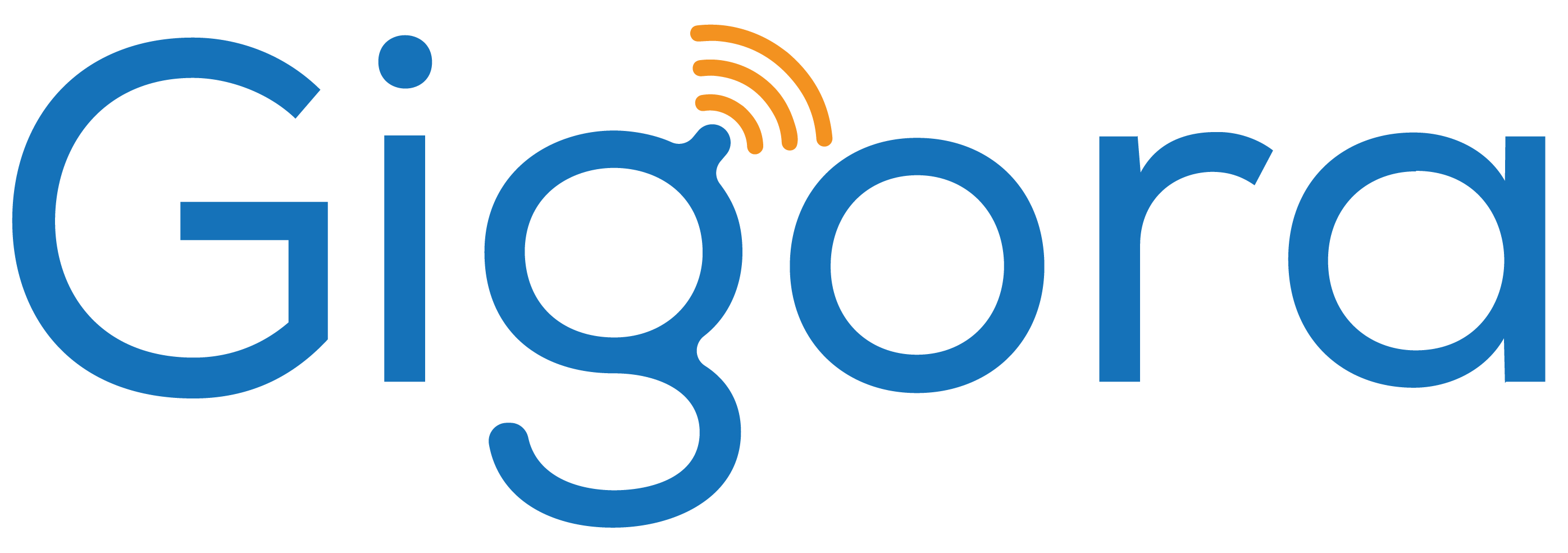[ad_1]
The topic of taxes for most small business owners is their least favorite. It involves time and cost, both of which owners have in limited supply. Nonetheless, tax matters can’t be ignored. January 31, 2023, is an important date for businesses when it comes to reporting certain information to workers and to the government. The failure to do so can result in serious penalties. The sooner you get your data organized and determine how forms will be filed, the easier it will be to meet the deadlines. Be sure the deadlines are clearly marked on your calendar.
How to report
There are two basic ways to report required information to the government: on paper or electronically. Employers filing 250 or more forms, such as W-2s, must file electronically or obtain a waiver.
Information returns that are furnished to employees and independent contractors can be done on paper or electronically. If the latter option is used, prior affirmative consent from the recipient is required. The consent by the recipient must be made electronically in a way that shows that he or she can access the statement in the electronic format in which it will be furnished and be given the timeframe in which to give consent or withhold consent in order to receive a statement.
Small businesses can handle information reporting in-house or outsource it to their accountants, payroll companies, or other businesses designed for this purpose. Software, such as certain versions of TurboTax, can complete W-2s and 1099s for you.
W-2s
Gather all payroll information. This includes taxable and tax-free fringe benefits, some of which must still be reported on Form W-2 even though it doesn’t impact income tax withholding or Social Security and Medicare taxes (FICA). Reporting requirements can be found in the instructions to Form W-2.
Copies of W-2s must be submitted, along with a transmittal, Form W-3, to the Social Security Administration; these are not sent to the IRS even though the forms are issued by the IRS. Find more information about filing from the Social Security Administration.
1099s
If you engaged independent contractors in 2022, you must issue Form 1099-NEC for payments of $600 or more. The form must also be completed for direct sales of $5,000 or more, gross proceeds to an attorney, and for certain other payments listed in the instructions to 1099-NEC.
You may also be required to issue Form 1099-MISC if, in the course of business, you paid royalties of at least $10, or at least $600 in various miscellaneous payments, including rent. However, 1099-MISC generally isn’t required for payments to a corporation or a limited liability company that is treated as a C or S corporation. Details may be found in the instructions to Form 1099-MISC.
1099-NEC and 1099-MISC can be furnished to recipients on paper or electronically. The same affirmative consent for electronic statements described for W-2s applies here.
Copies of these forms must be sent to the IRS, along with Form 1096, Annual Summary and Transmittal of U.S. Information Returns. The transmittal of 1099-NECs for 2022 is due to the IRS by January 31, 2022. The transmittal of 1099-MISCs for 2022 is due to the IRS by February 28, 2023 (or March 31, 2023, if filing electronically).
1095s
If you are an applicable large employer (ALE) with 50 or more full-time and full-time equivalent employees, you must give full-time employees Form 1095-C to report employer-provided group health insurance. Similarly, if you are a small employer with a self-funded plan, such as a health reimbursement arrangement, Form 1095-B must be furnished to employees. Again, provide these to employees on paper or electronically, with prior affirmative consent. For the 1095-B (but not the 1095-C), you can furnish the form using an alternative method, which is posting on your website, provided certain conditions are met.
Usually, the deadline is January 31, 2023. However, there’s an automatic 30-day extension (to March 2); no request for this extension is required.
Copies of these forms, along with the applicable transmittal—Form 1094-C or 1094-B, must be sent to the IRS. The timing for this is different from the deadline for furnishing forms to employees. They must be sent to the IRS by February 28, 2023, if filing by paper, or March 31, 2023, if filing electronically. See draft instructions for more details.
Conclusion
The deadline of January 31, 2023, also applies for employers’ tax returns: Form 941 for the fourth quarter of 2022, Form 944, which is the annual return for small employers, Form 943, the annual return for agricultural employers, and Form 940 for FUTA taxes. Be sure to note all of your filing obligations. This includes any state and local information returns. Any questions? Talk with a CPA or other tax adviser.
Image: Envato Elements
[ad_2]
Source link






